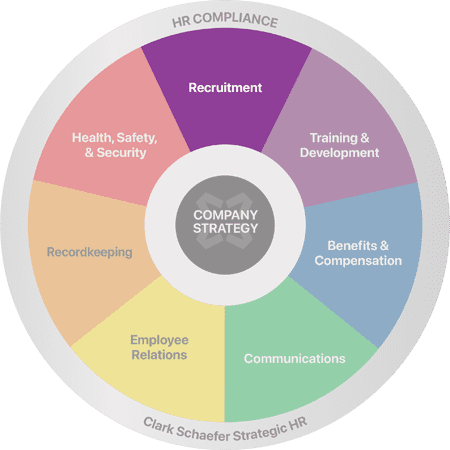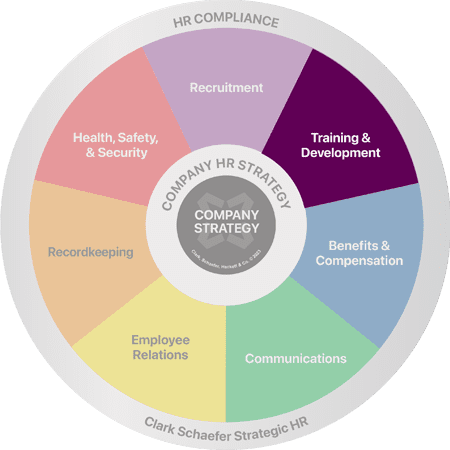Question:
Why should I conduct harassment training? It just puts ideas into the heads of my employees.
Answer:
Contrary to your statement, employee harassment training doesn’t just provide employees with information to help them pursue a harassment charge or to harass others and avoid being charged. It is a valuable tool that can be used to help provide awareness of activities that are not considered professionally acceptable at work – think instead, business etiquette training. How often do you see employees doing things considered unprofessional while on the job? Whether it is improper business communications, HIPAA and privacy violations or simply inappropriate gossiping, many employees don’t come pre-wired to know what is acceptable in the workplace and what is not. Unless you train them they may not ever know and that can get you into hot water.
So what is the harm in a little water cooler banter and light teasing between cubicle-mates? First of all, think about bullying in school; it often escalates. Something may start out small, but before you know it the molehill had grown into a mountain and what started out as harmless fun suddenly turns into a prank that embarrasses or hurts another’s feelings. When the fun turns ugly the resulting atmosphere can create an unfriendly work environment that leads to low employee morale, low productivity and, if word gets out, a disastrous public image – one that drives customers and business away.
In addition to an unprofessional workplace, not taking an aggressive stance on harassment, and not being proactive in training employees about harassment, can result in costly lawsuits. Sexual harassment is considered a civil rights violation under Title VII of the Civil Rights Act of 1964. It is applicable to any employer that employs 15 or more employees and mandates:
- No rude, insensitive, or abusive behavior of any kind should be tolerated, even if it falls short of illegal harassment.
- Managers and supervisors play a critical role in identifying harassment, investigating incidents, taking corrective action, and enforcing company policy.
An employer can be held legally responsible for the actions of its employees or if the company engages in sexual harassment when hiring employees. In the long run it is less expensive to implement harassment training, create harassment policies and foster a no-tolerance workplace than to defend yourself from one harassment lawsuit – whether or not you prove to be at fault. By creating specific harassment policies and providing and documenting harassment training employers can decrease their chances of litigation, and if taken to court will help prove that employees have been made aware of the company’s stance toward harassment.
Also keep in mind that while federal law advises periodic harassment training, some states may require such training. For example, in California employers with 50+ employees must provide two hours of sexual harassment training for supervisors every two years. Be aware of the specific requirements of your state or locale when it comes to harassment and educating your employees.
Are you overdue on harassment or other annual training? Does your current training curriculum need to be refreshed to reflect changes in company policy or legal requirements? Strategic HR has the expertise and resources to help. Visit our Training & Development page to learn more.




